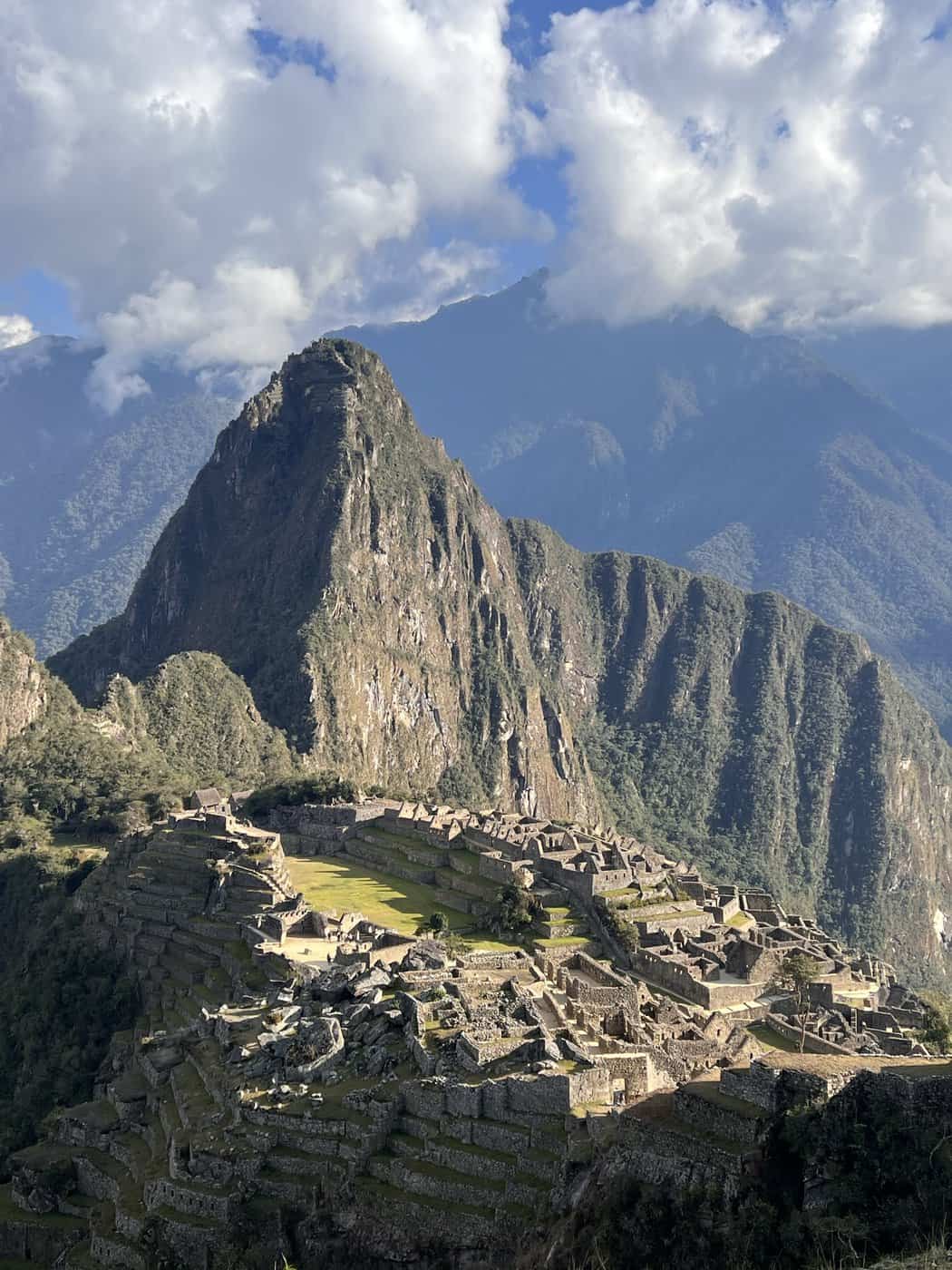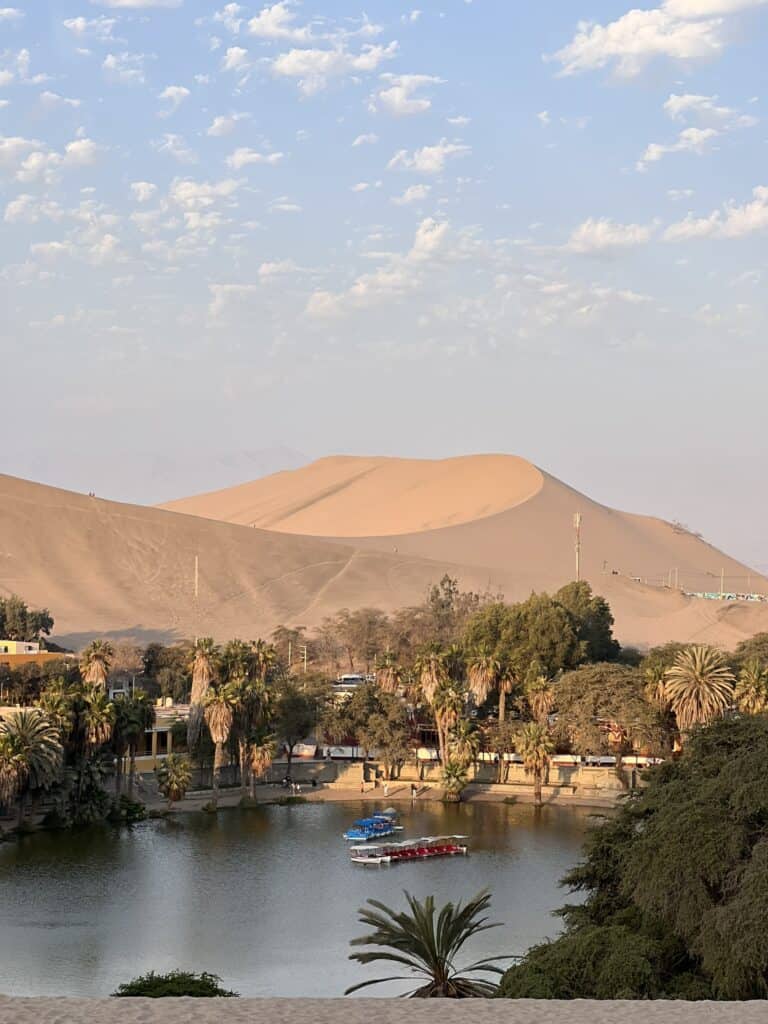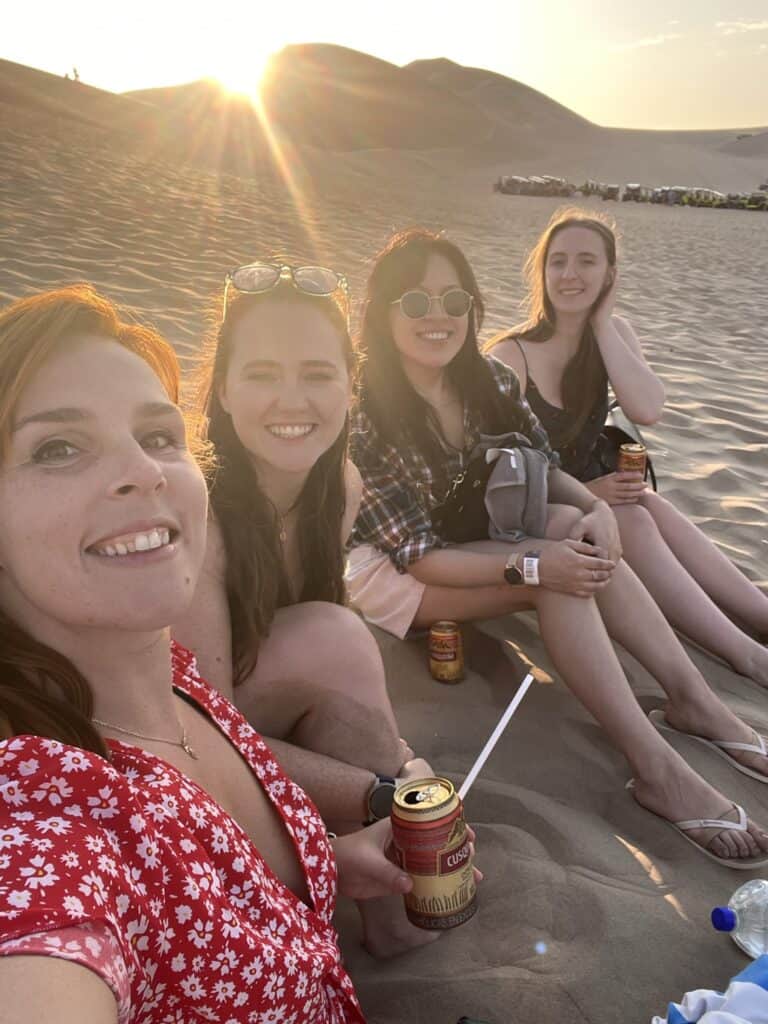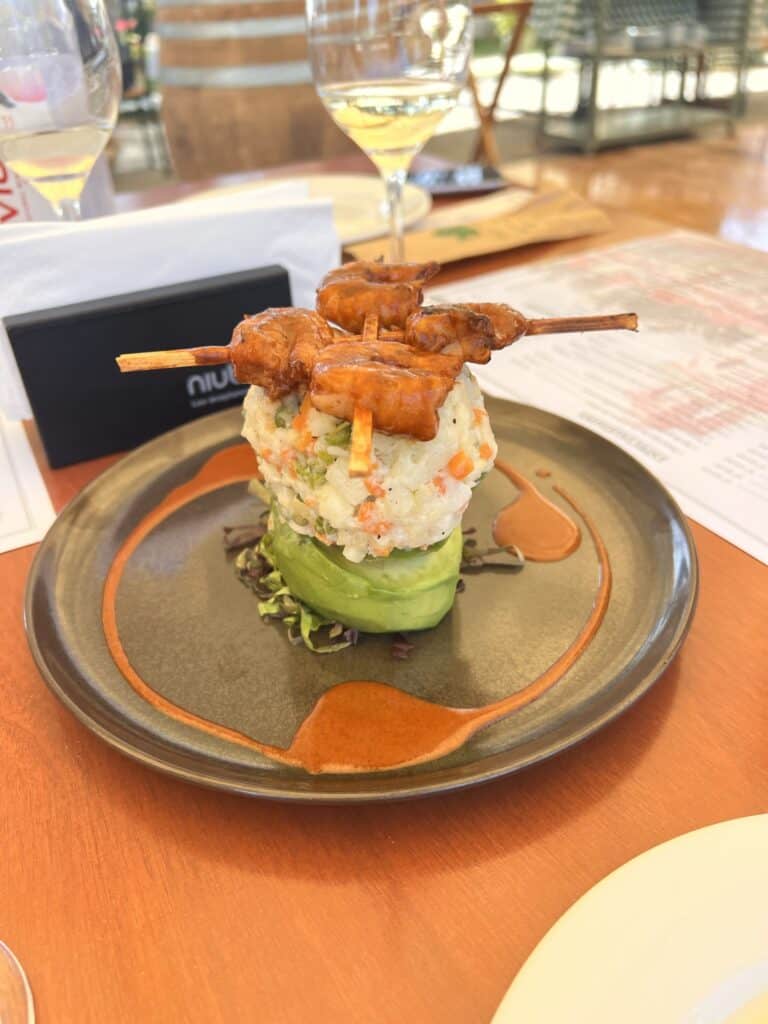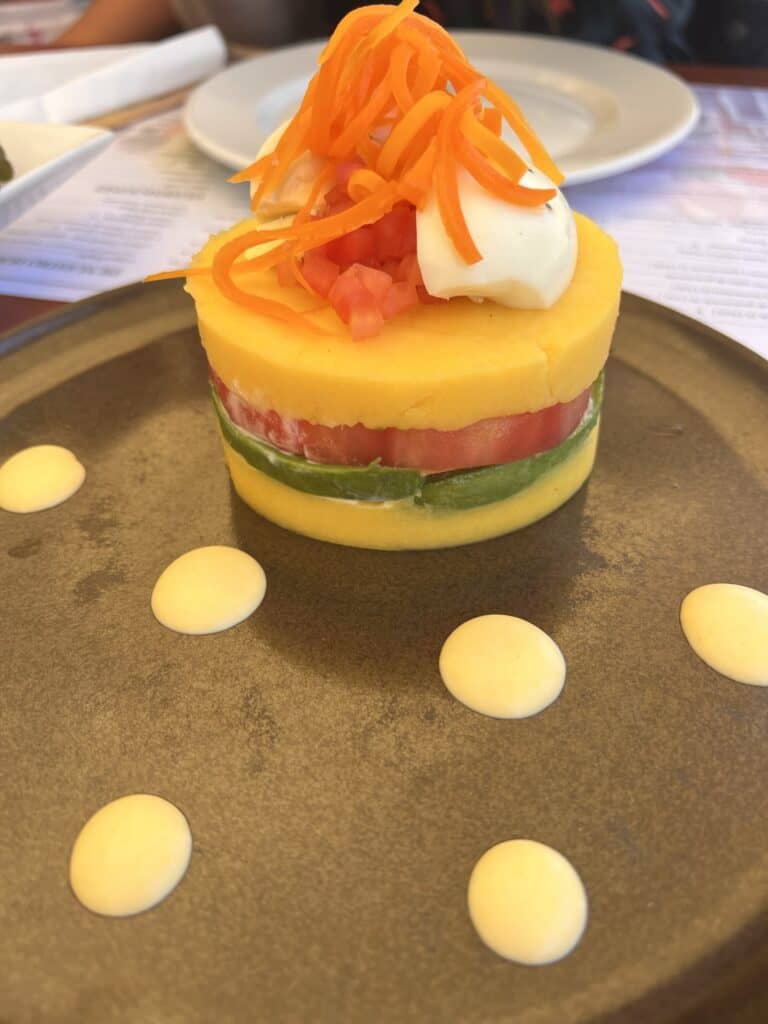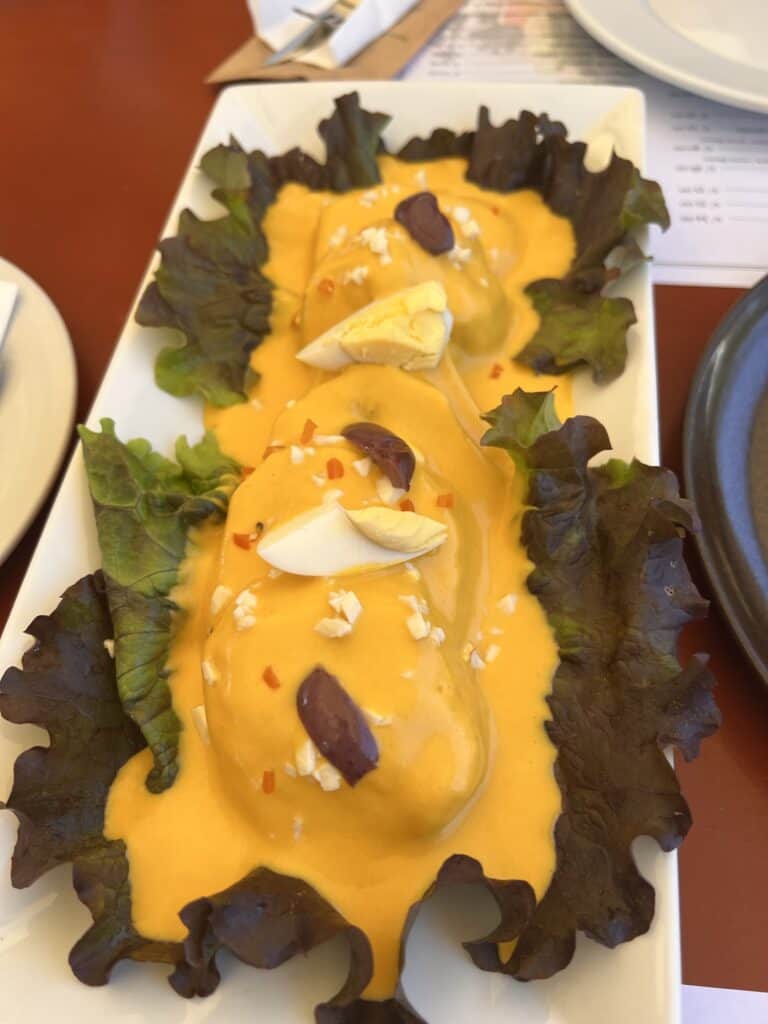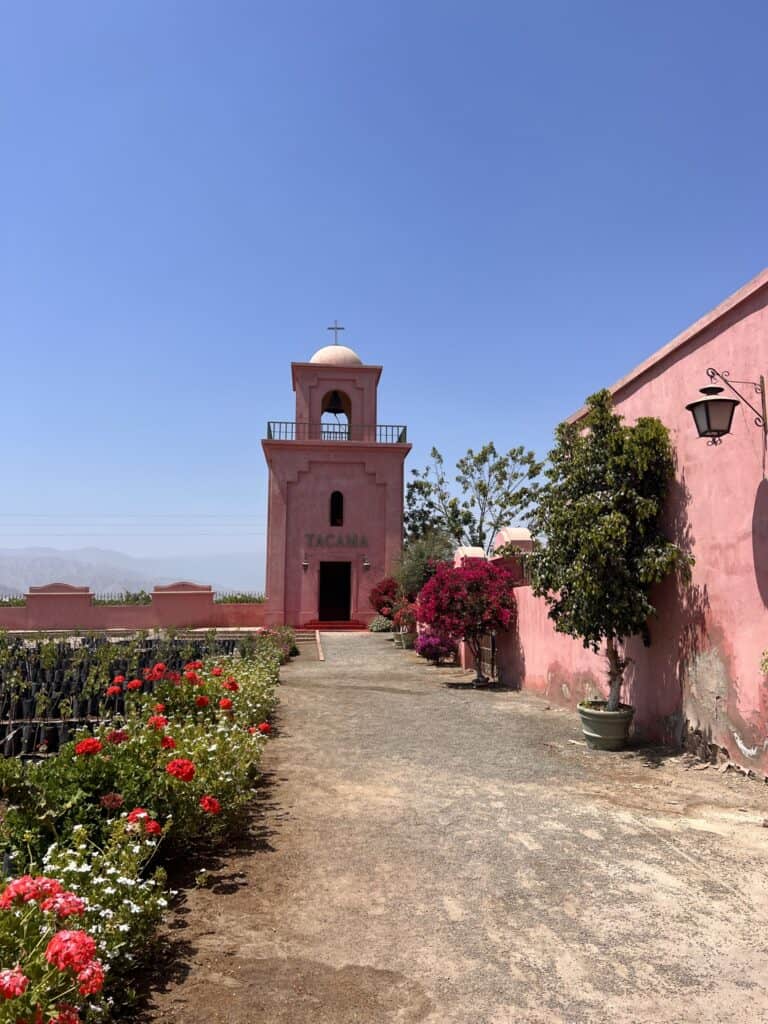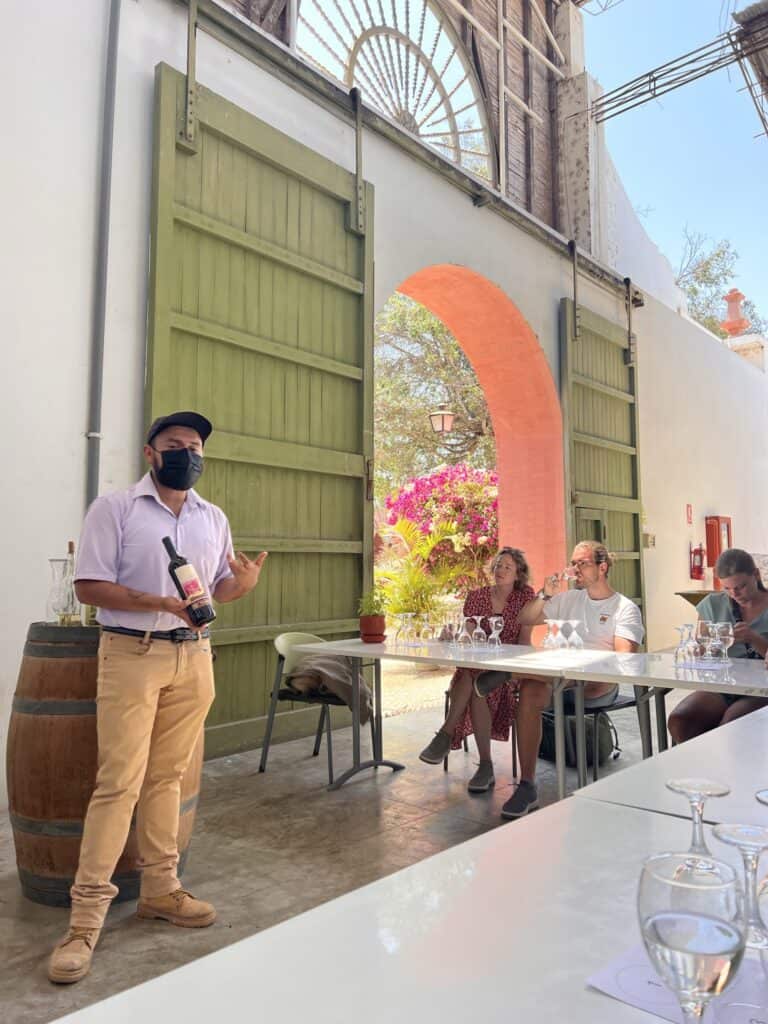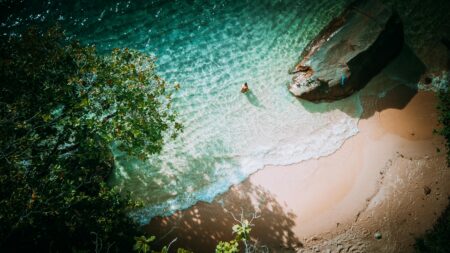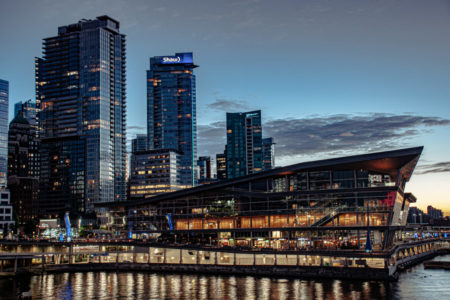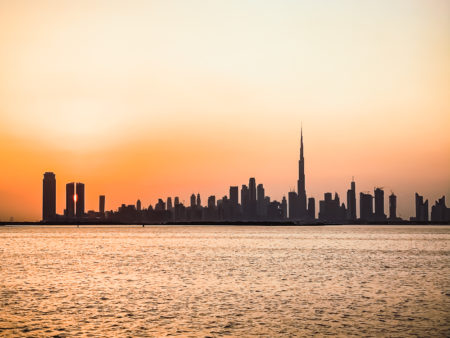Review of a backpacking trip without compromising comfort
What is hybrid travel?
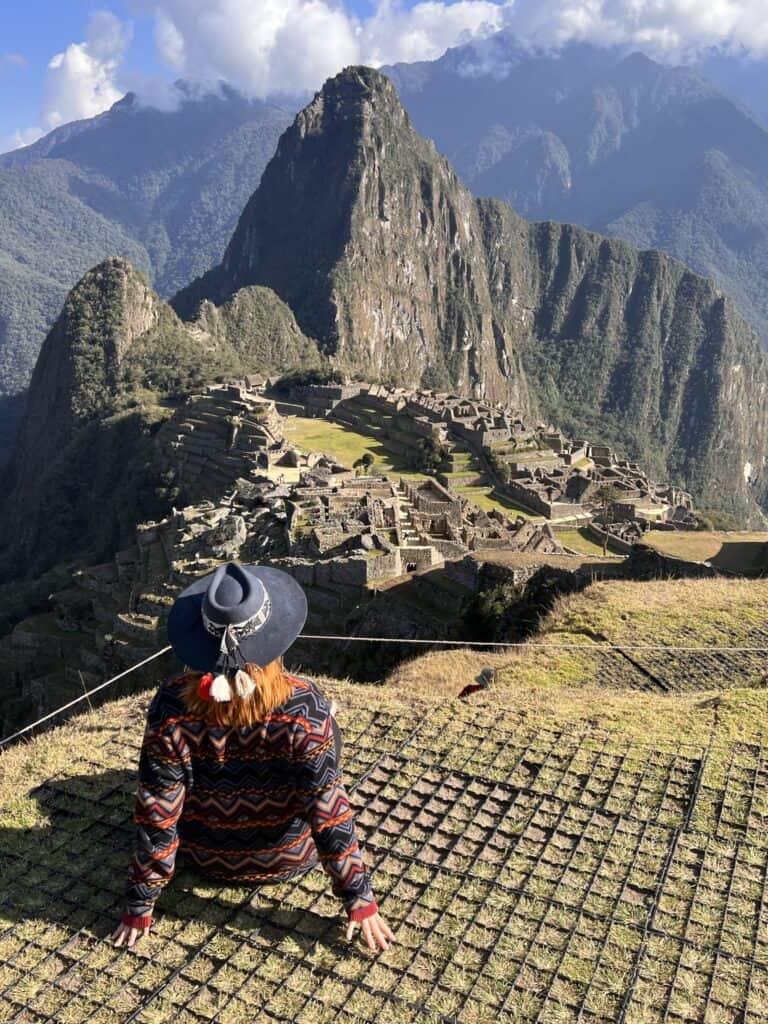
It is a trip that combines the simplicity and minimalism of a backpacking tour with the comfort of hotels and faster transportation (like airplanes). Broadly speaking, this type of trip is aimed primarily at people who appreciate the ease of backpacking but have the financial means to enjoy a little more luxury than nights in dorms and long bus rides.
For example, a person who wants to pay as little as possible will take public transportation when arriving at the airport instead of a taxi/Uber; they will not hesitate to get on a 32-hour bus ride across the Andes instead of taking a one-hour flight that costs three times the price.
That person was me in my early twenties! Now that I’m in my thirties, and have more means, I’m indulging in what I call a hybrid version.
This is what I tried to achieve, at least during my three-week stay in Peru last October. For context, I opted for a tour with G Adventures that lasted 11 days, while my total stay was three weeks. So I added a few days before the tour and after to visit other destinations.
Best time to visit Peru
The dry season, from May to October, is generally considered the best time to visit Peru. During this period, there is less rain, and temperatures are milder, making it an ideal time to visit archaeological sites such as Machu Picchu and explore the Andean mountains.
Lima
(Round-trip flight with Air Canada paid with Aeroplan points [101,500 points + $130, Business Class])
Lima is the capital of Peru, located on the country’s Pacific coast. It’s a lively and dynamic city with a rich colonial history and an ever-changing culinary scene. The most popular neighbourhoods are Miraflores and Barranco, which offer breathtaking ocean views and lively nightlife.
This is where the tour with G Adventures began, at the KokopelliBarranco (a hostel that offers private rooms and dormitory beds). I added two nights before the tour in a private room at the same hostel. The cost was higher than a dormitory but cheaper than a nearby hotel.
In Lima, I took advantage of the first day to make a gastronomic visit, to quickly discover the Peruvian specialties. I booked this activity with Viator, and I was not disappointed! I also decided to do the free version that Kokopelli offers, which is a gastronomic tour of small street stands. I absolutely recommend both quite delicious experiences. On the menu, among other things: ceviche, Pisco and coffee.
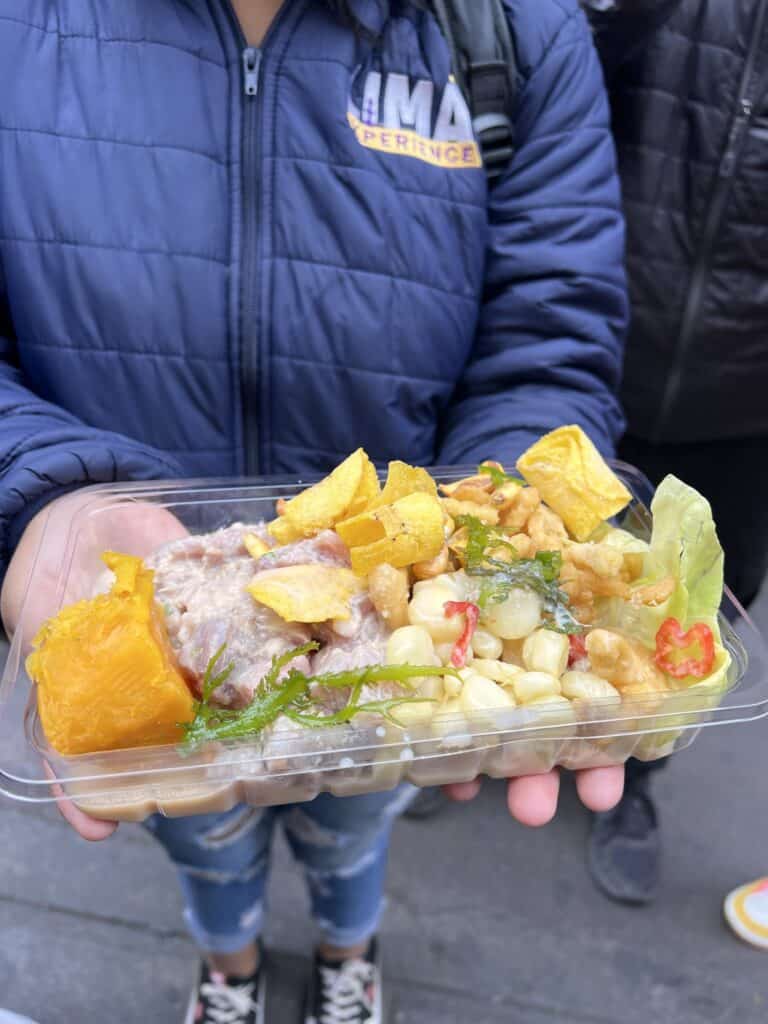
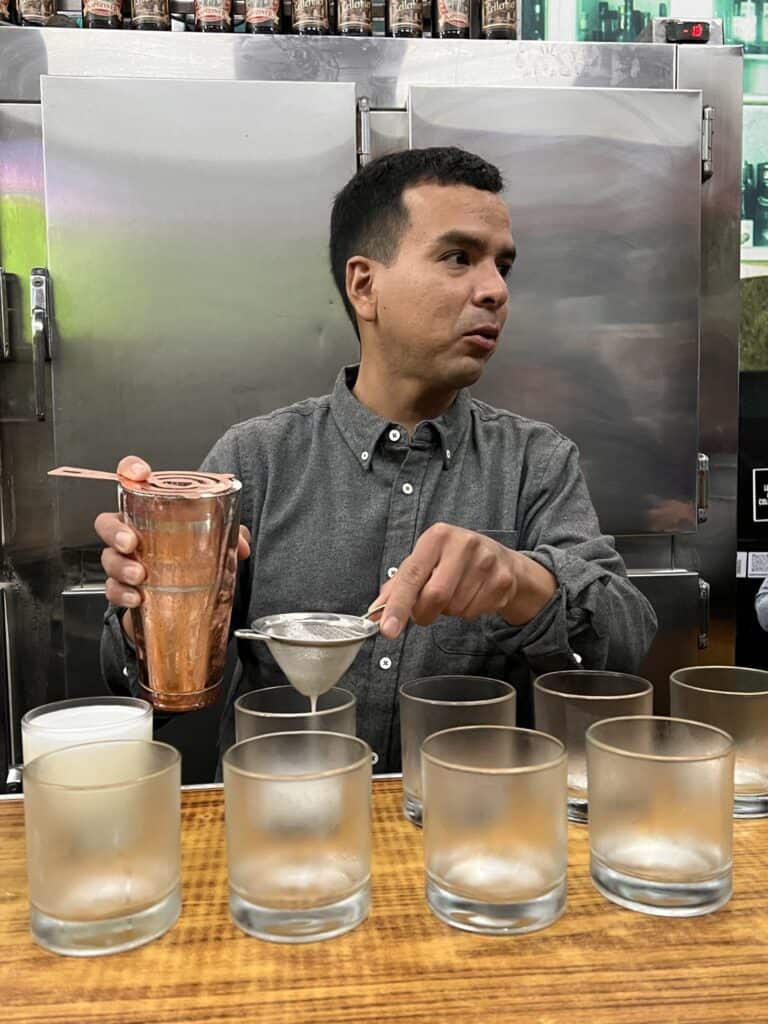
Paracas and Huacachina
One of the great things about G Adventures is the convenience of the private transportation included in the tours. On board a mini-bus, we went along the Pacific coast towards the south until we reached Paracas. After an afternoon of buggy riding in the dunes, we ended the day in a small hotel in Huacachina, an authentic oasis (!) in the heart of the Ica desert.
The next day, while the rest of the group visited the geoglyphs of Nazca, four girls and I decided to visit the vineyard of Tacama, near Huacachina. After a decadent meal and a few bottles of chilled white wine, we went back to watch the sunset on the sand dunes above the oasis.
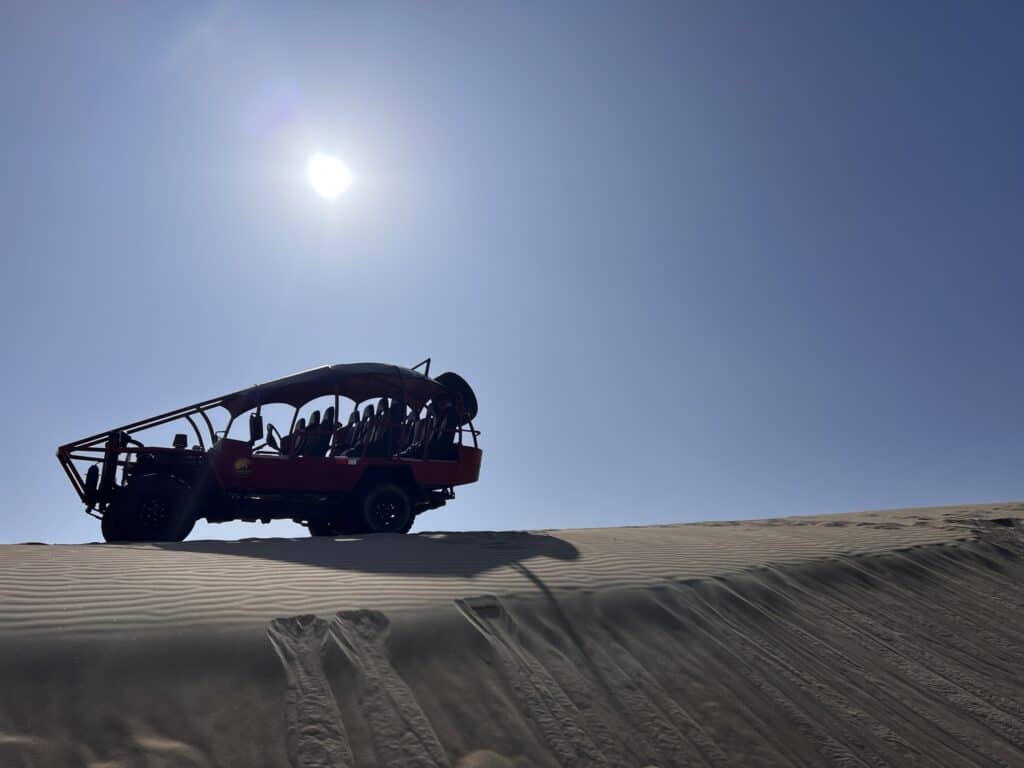
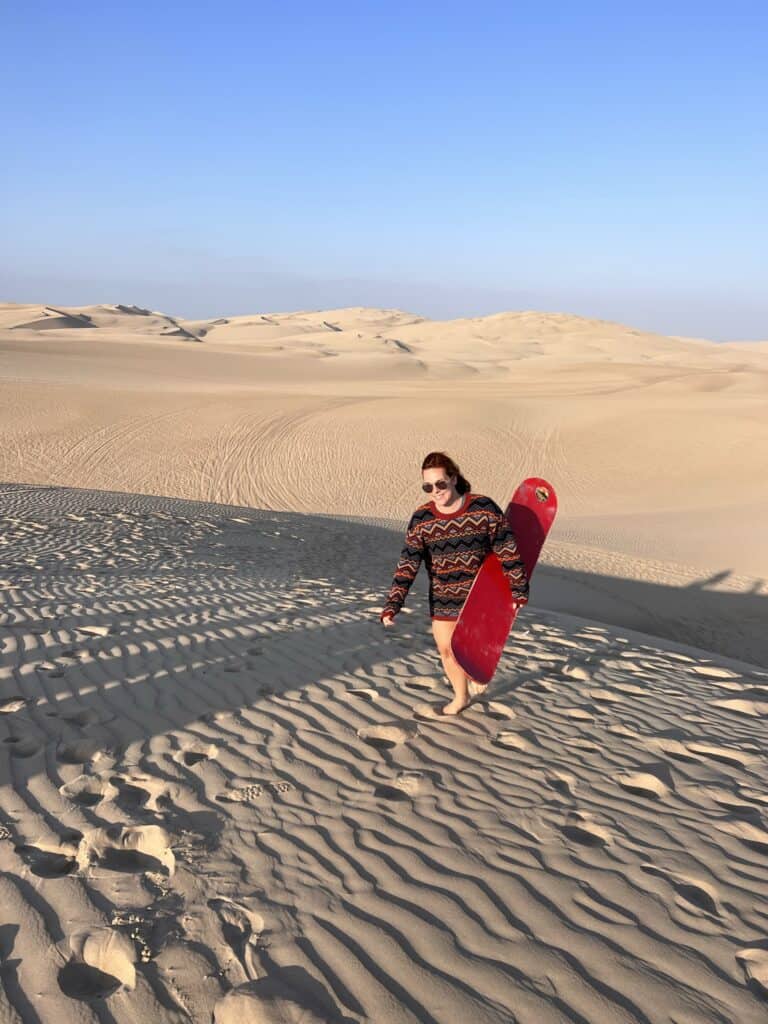
Ballestas
The following day, we had to return to Lima for a flight towards Cusco. On the way, we made a detour to the Ballestas Islands, which can only be visited by small boat from Paracas. Thousands of birds nest on these islands, which are mostly rocks otherwise uninhabited. It is possible to see penguins, sea lions and more than 200 species of seabirds; that’s why they are called the “little Galapagos,” – but I personally would never compare them. For someone who has visited the Galapagos, the Ballestas Islands may be disappointing.
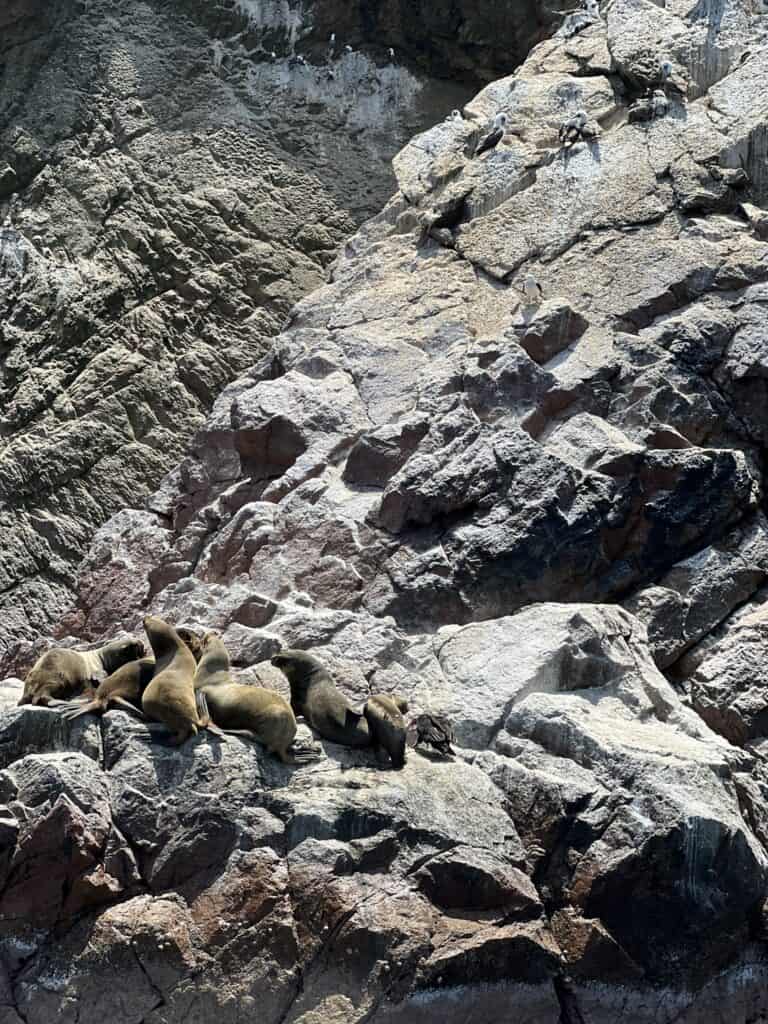
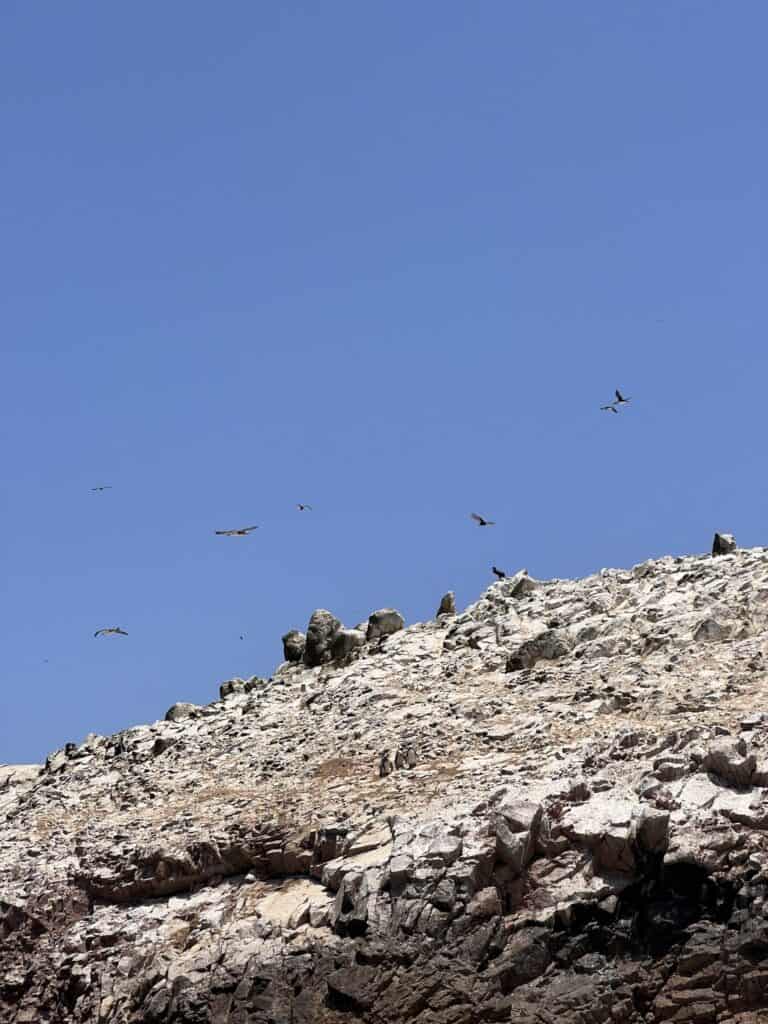
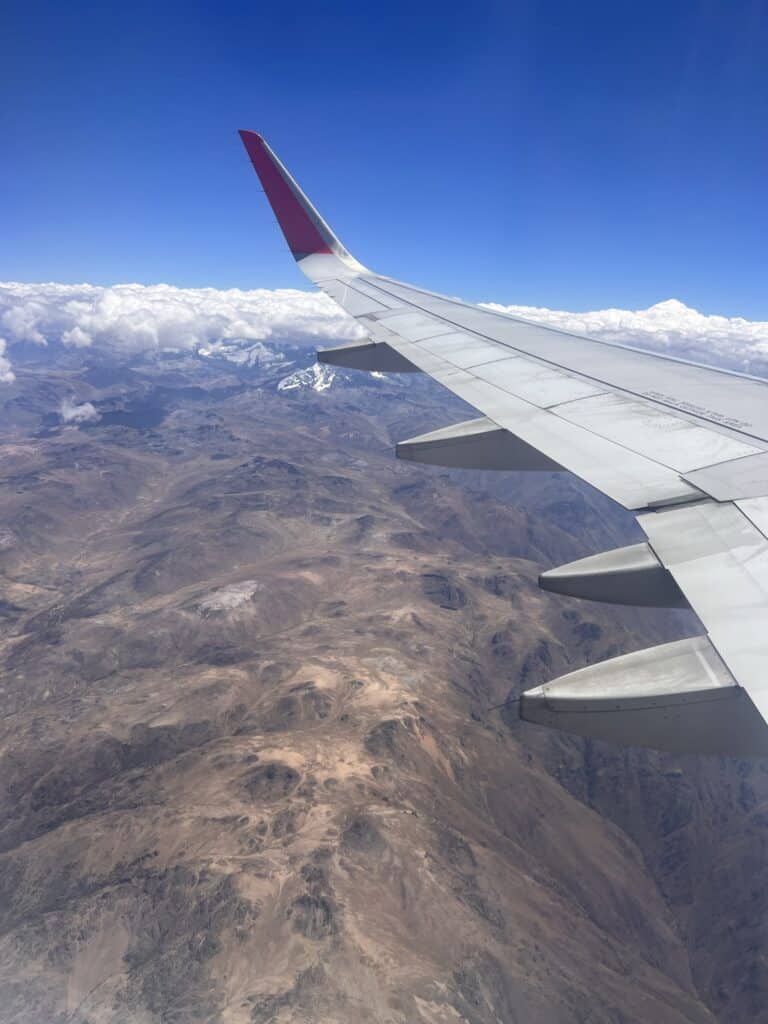
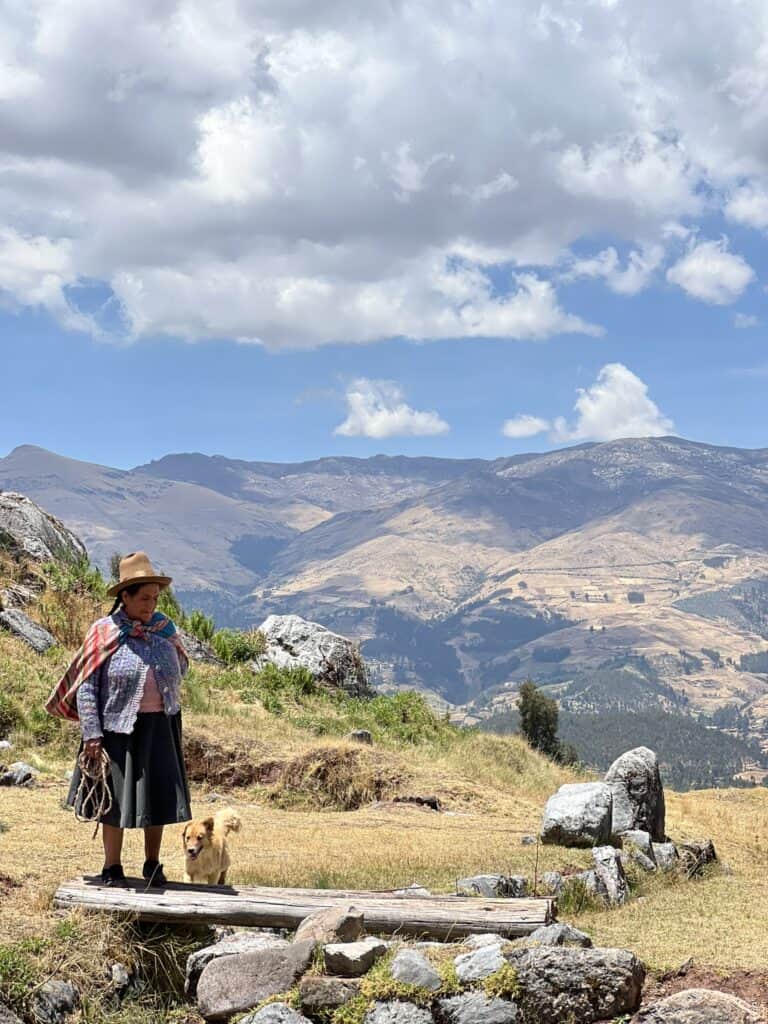
Lima-Cusco
To get to Cusco, there are bus trips from Lima that take between 20 and 30 hours and cost around CAD 50. A flight takes a little over an hour and costs about CAD 110. For a hybrid trip, the choice is obvious: a day lost in travel is well worth the extra 60 CAD in my eyes.
In addition, you may have the chance to enjoy clear skies during the flight over the Andes… It’s beautiful!
Tip: Charge your travel expenses to a credit card, such as the HSBC Mastercard World Elite, and then use your points to cover a portion of those expenses.
Cusco
Cusco is a city located in the mountains of the Andes, known for being the ancient capital of the Inca Empire. The city is famous for its Inca archaeological sites, including Machu Picchu, as well as its rich culture and Spanish colonial architecture. This was my personal favourite. I would suggest, however, that you have some medication to alleviate the altitude sickness, as the elevation is felt quite quickly. Several people in the group were strongly affected by discomfort (stomach ache, headache, dizziness, palpitations).
With its paved streets and typical restaurants, Cusco charms quickly more than one. The city is built in a “bowl,” meaning that the center is flat, but all the streets rise around it, forming a bowl. My food recommendation: Green Point, an affordable restaurant with huge and delicious portions. Walking will undoubtedly give you an appetite!
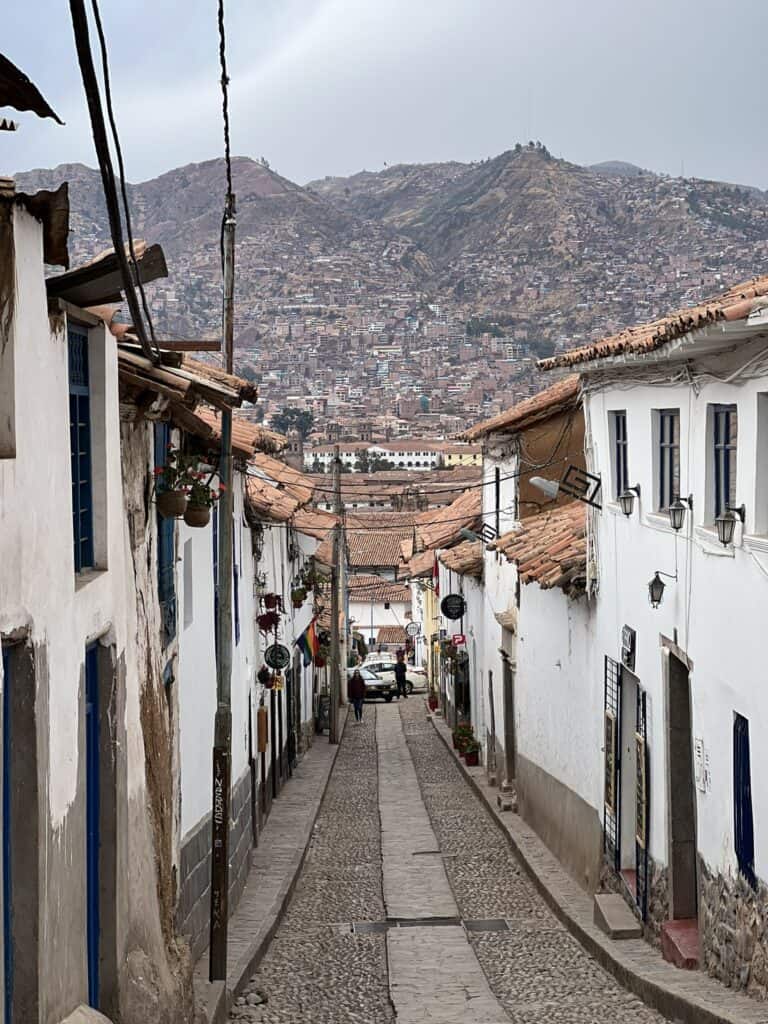
Machu Picchu
From Cusco, the gateway to Machu Picchu (pronounced “pic-chou” by the way), we took a private bus to Ollantaytambo (about 1 hour 45 minutes drive), where we spent the night before taking the famous train to Aguas Calientes, the closest town to Machu Picchu. If you’re lucky, you may get a ticket for one of the scenic car rides!
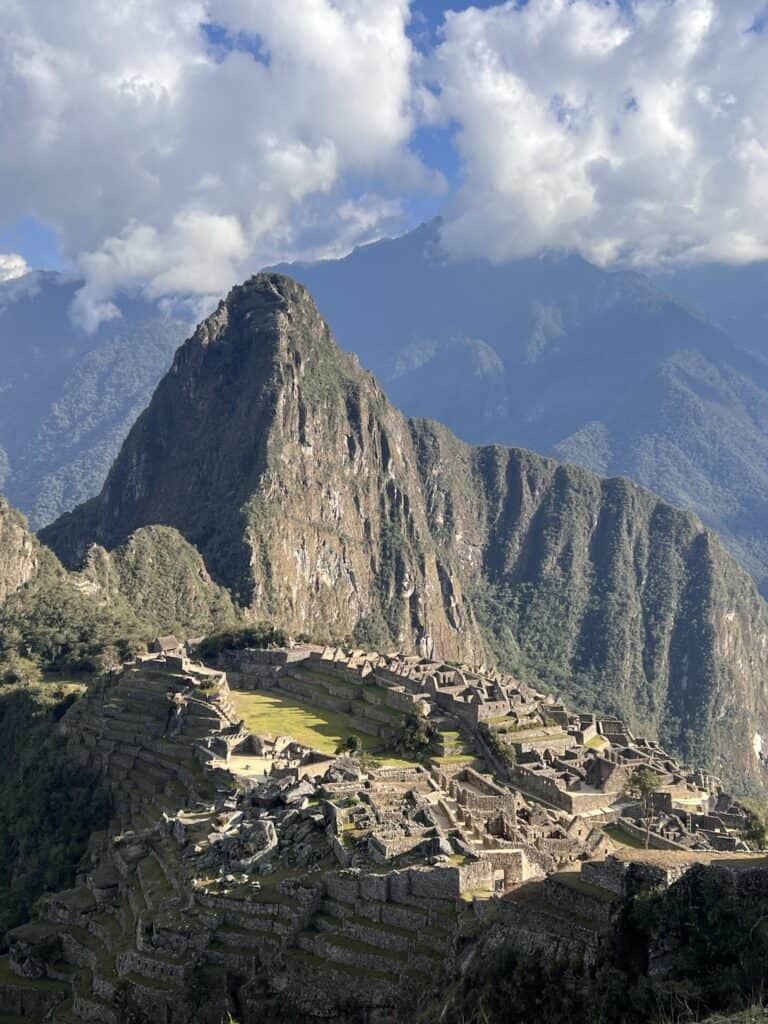
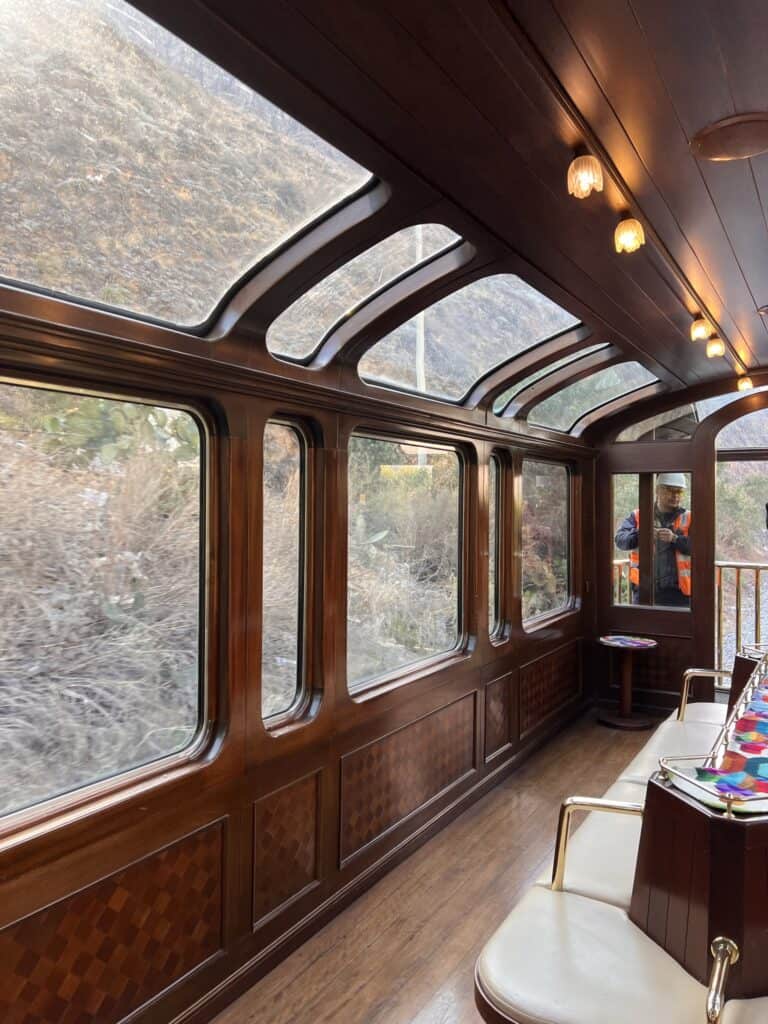
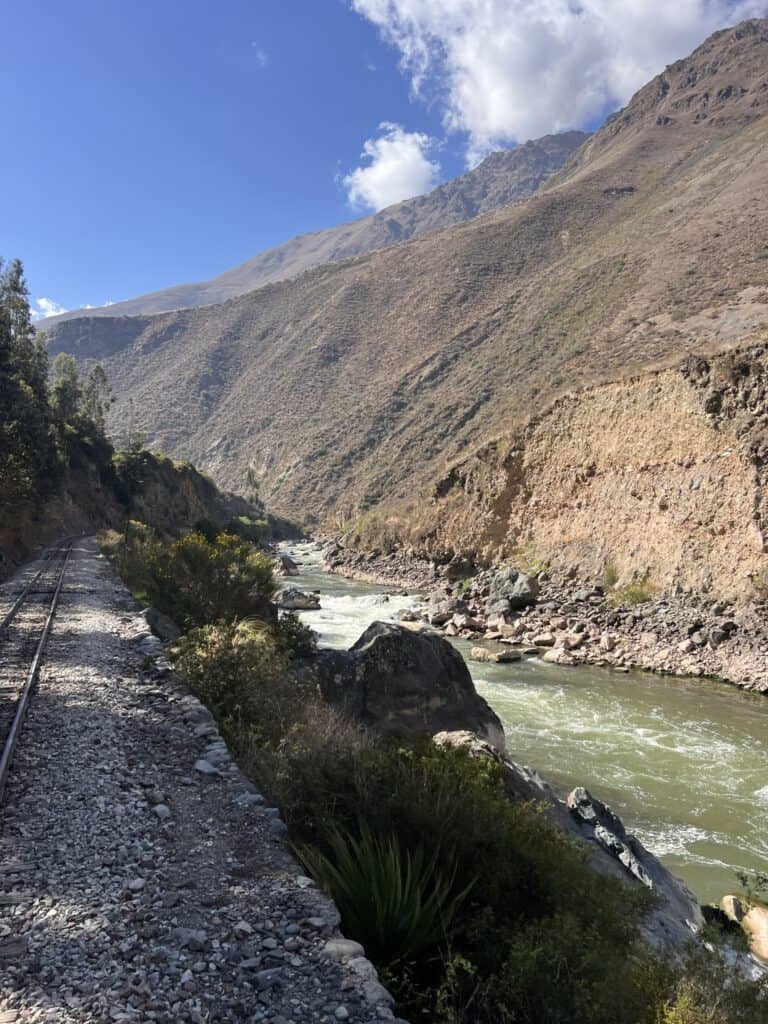
The plan: to spend the afternoon in the natural thermal springs of Aguas Calientes before visiting the famous mountain at dawn the next day. Slight downside: there are so many mosquitoes in the springs that I do not recommend going there. We all suffered for several days from the stings afterwards.
My advice: do everything possible to get a tour ticket as soon as the historic site opens (6 am), so you can enjoy a great view and an uninterrupted tour. That’s what we did, and it was terrific.
Back to Cusco (by train and bus, as on the way), we had a free day. I took the opportunity to climb Palccoyo, one of the famous “rainbow” mountains. Tricky, especially with the altitude, but so rewarding!
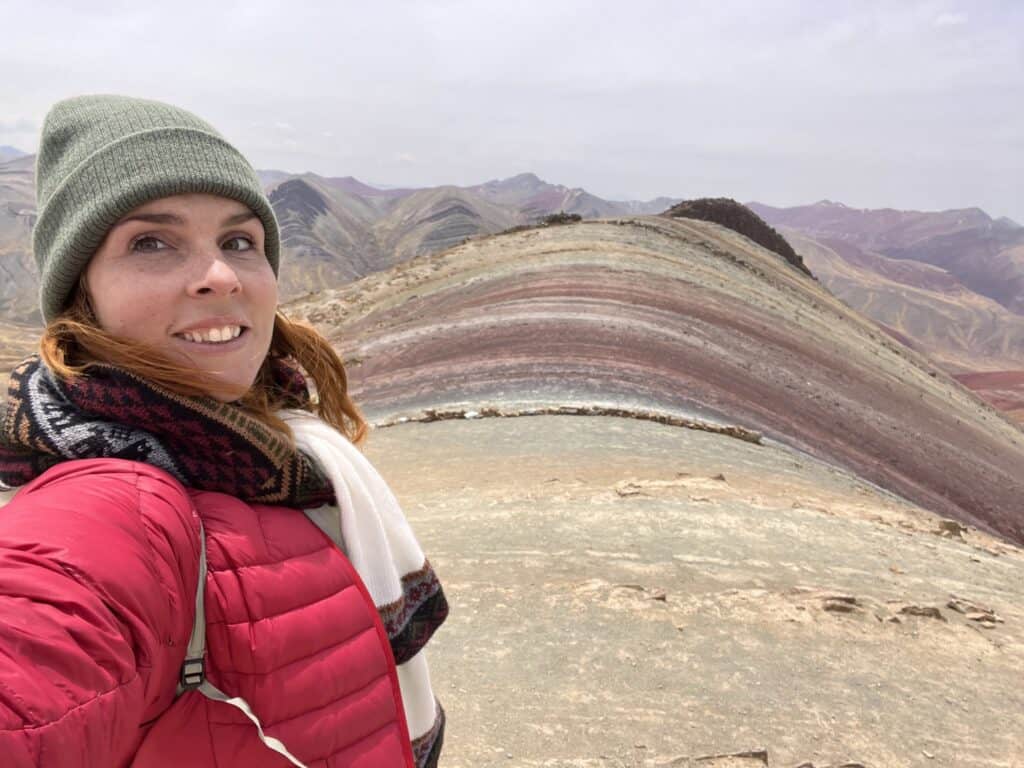
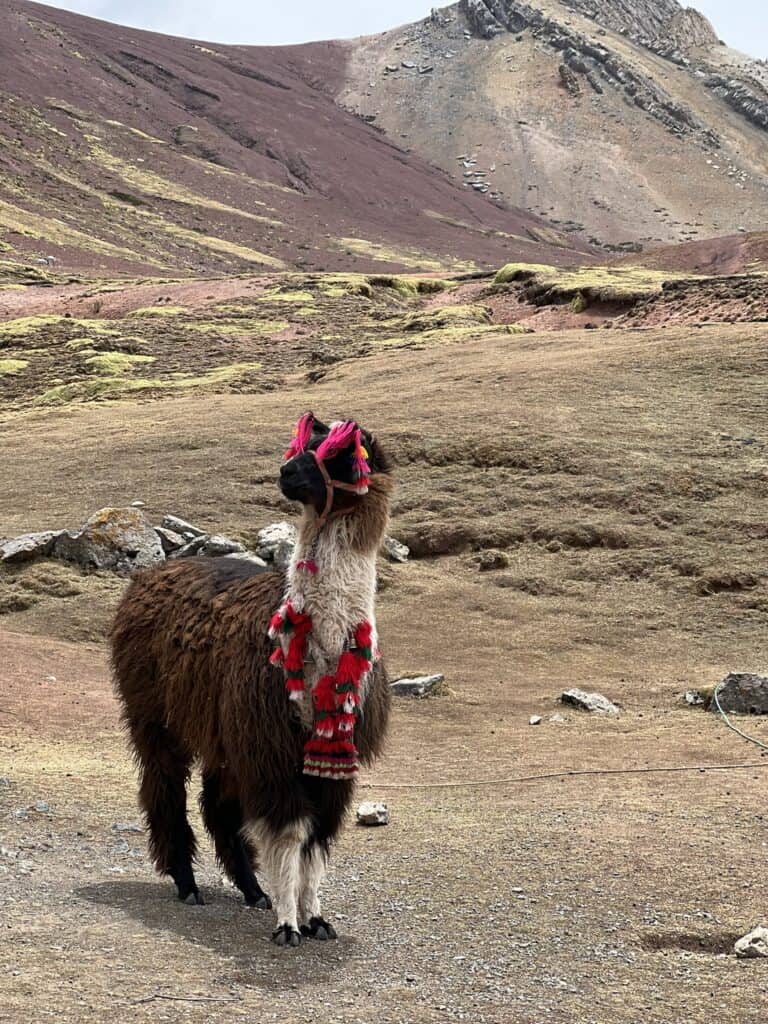
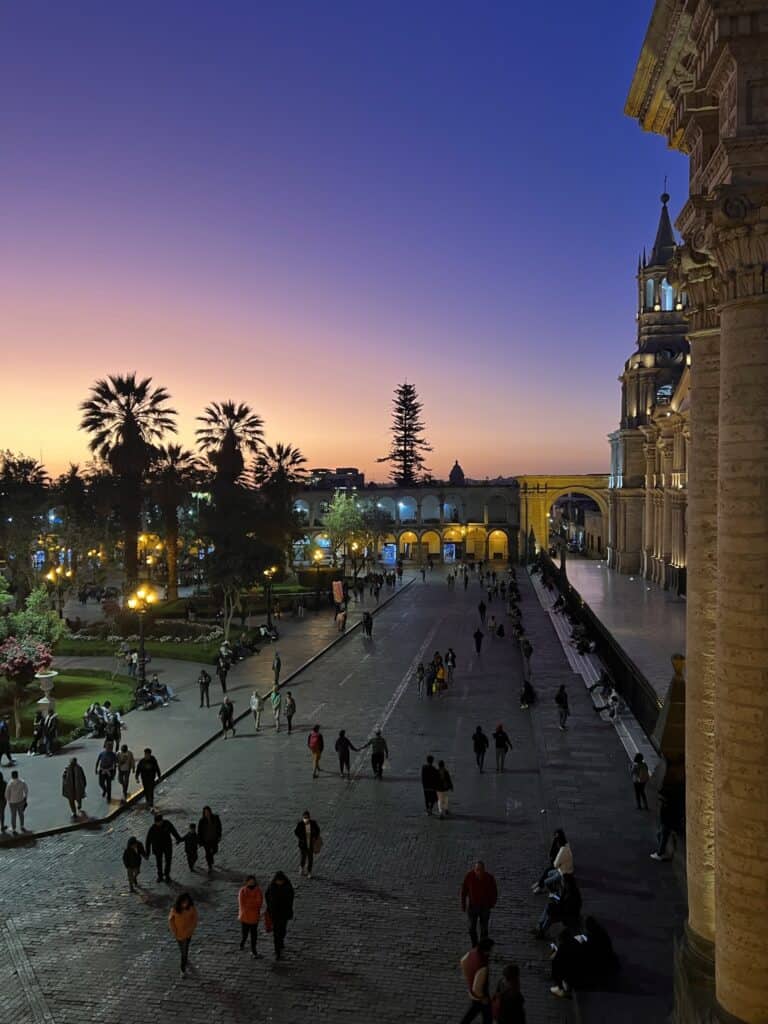
Bottom line
In summary, to make up this hybrid trip, I combined a few nights in hostels (in private rooms most of the time, but also in dormitories a few times), nights in hotels, air travel instead of buses, Uber/taxis when possible, and public transportation when it was convenient to do so (in Lima, to get around the city, for example).
After years of travelling all over the place, in every way imaginable, I can safely say that this is my favourite type of travel.
I save on some things (through cards and points, but also by sacrificing a little comfort and convenience sometimes) to have more luxurious experiences when it’s important to me (the food tour in Lima, for example).
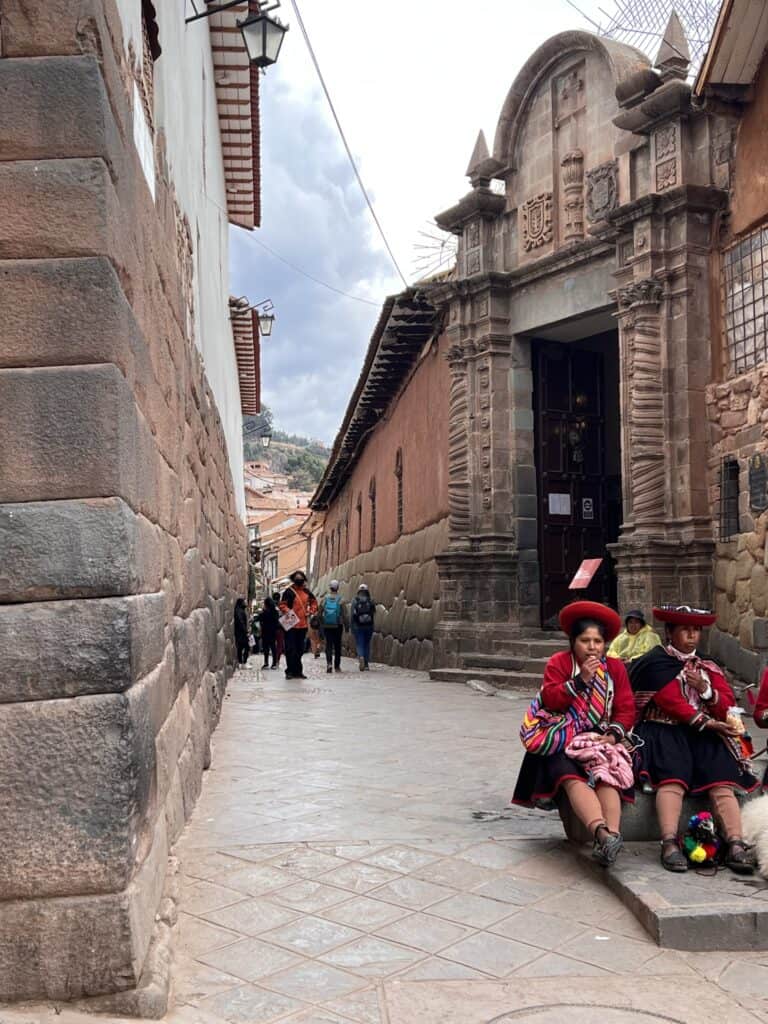
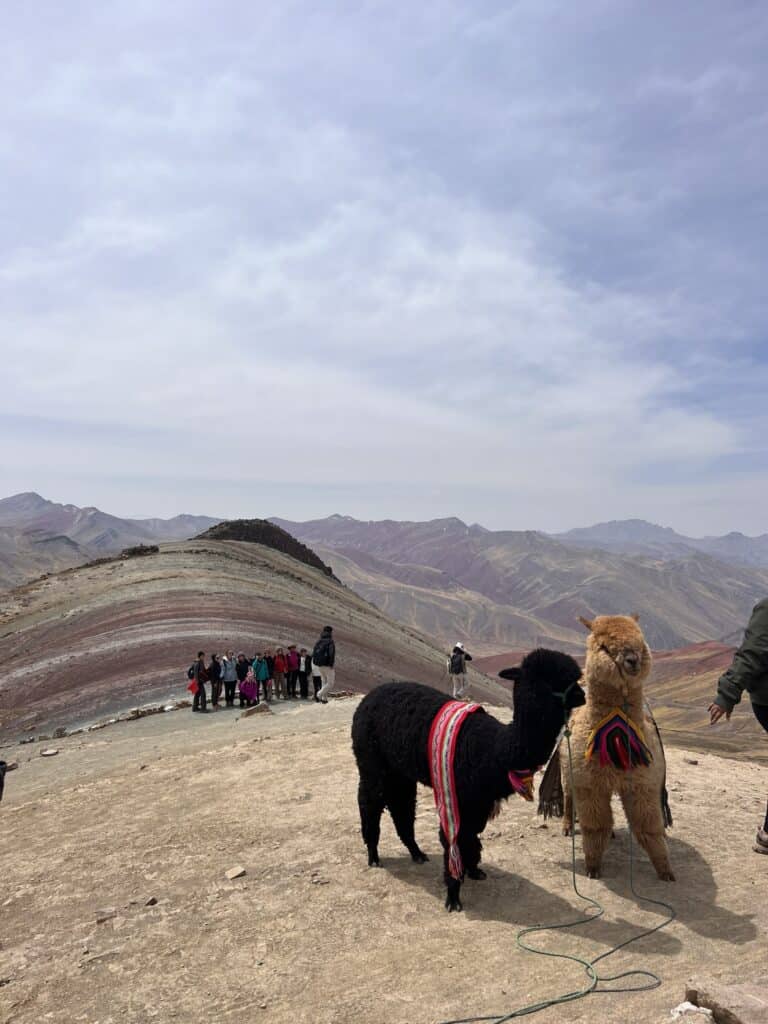
Feel free to contact me if you have any questions about these destinations, mainly about travelling with G Adventures, and subscribe to my Instagram page to follow my adventures!
See my other articles:


